Within 12 months of the end of World War II, on 29th October 1946, a meeting of the Committee of the Parachute Regiment Association chaired by Brigadier Hill DSO MC, established the Museum of the Airborne Forces. Brigadier CHV Pritchard DSO supervised the collection of exhibits and produced a display.
It was initially placed in a disused officer’s mess at Corruna Barracks Aldershot, where it remained until 1949 when the mess was again required for accommodation. War Office permission was obtained the following year to convert a barrack block in Maida Barracks into the new Airborne Forces Museum. This was not properly housed until 1952, although it was visited by King George VI on 19th July 1950 during the Presentation of the Colours ceremonies.
The Museum remained at Maida Barracks until it moved with the Depot and Regimental Headquarters of the Parachute Regiment to the Browning Barracks site in 1968. This custom-designed home was regarded as permanent and sponsored by a number of civilian firms and other regiments associated with Airborne Forces.
For the first time the original briefing models for the airborne operations of the Second Word War – Bruneval, Normandy, Arnhem and the Rhine Crossing – could be displayed. Dioramas were set up to show the capture of the Pegasus Bridge and fighting around the Arnhem Bridge. Vehicles and weapons and equipment of the airborne soldier from 1940 to the present were displayed, including British, American and German.
Aircraft displays of the nose sections of the Hotspur training and Horsa assault glides were erected, with an original Dakota aircraft, eventually painted in the D-Day colours, set up outside the Museum entrance. It became an iconic and much photographed back-drop to Regimental group photographs and a well known Aldershot landmark. Field Marshal the Viscount Montgomery of Alamain - then the Colonel Commandant of the Regiment - officially opened the Museum on 23rd March 1969.
The medal room, designed to exhibit the valour, honour and pageantry of the Regiment and Airborne Forces, housed one of the finest medal collections in the country. Captured Argentinean guns and equipments were brought back after the Falkland Islands conflict and displayed outside.
Exhibits were rotated and special displays built to commemorate events including the 40th, 50th and 60th anniversaries of the formation of Airborne Forces and key battle anniversaries.
When it was decided the Parachute Regiment, then part of 16th Air Assault Brigade was to move to Colchester, planning and preparation began to find a new home for the Museum.
In December 2008 the Museum was re-located and re-opened as the Airborne Assault Museum at the Imperial War Museum site at Duxford in Cambridgeshire.
Airborne Forces Museum in Aldershot
Newsletter Signup
Donate
Donate
Make a donation to Airborne Assault ParaData to help preserve the history of The Parachute Regiment and Airborne Forces
The Airborne Shop
The Airborne Shop
The Airborne Shop is the official shop of Support Our Paras (The Parachute Regiment Charity RCN1131977).
Profits from all sales made through our shop go directly to Support Our Paras, so every purchase you make with us will directly benefit The Parachute Regiment and Airborne Forces.

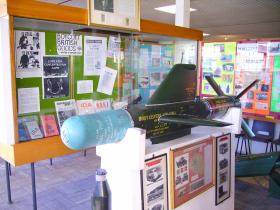
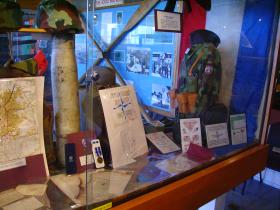
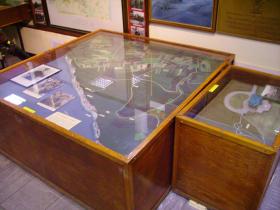
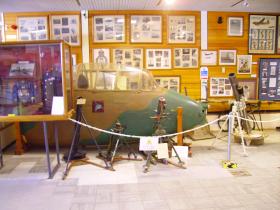
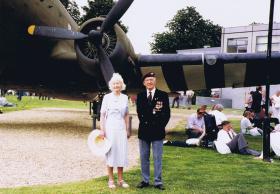
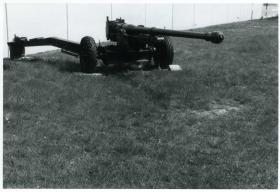
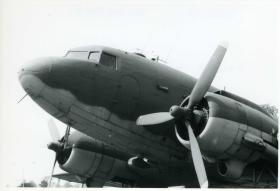
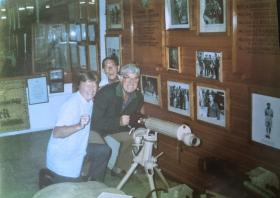
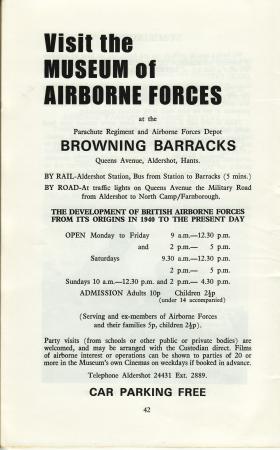




Latest Comments
There are currently no comments for this content.
Add Comment
In order to add comments you must be registered with ParaData.
If you are currently a ParaData member please login.
If you are not currently a ParaData member but wish to get involved please register.